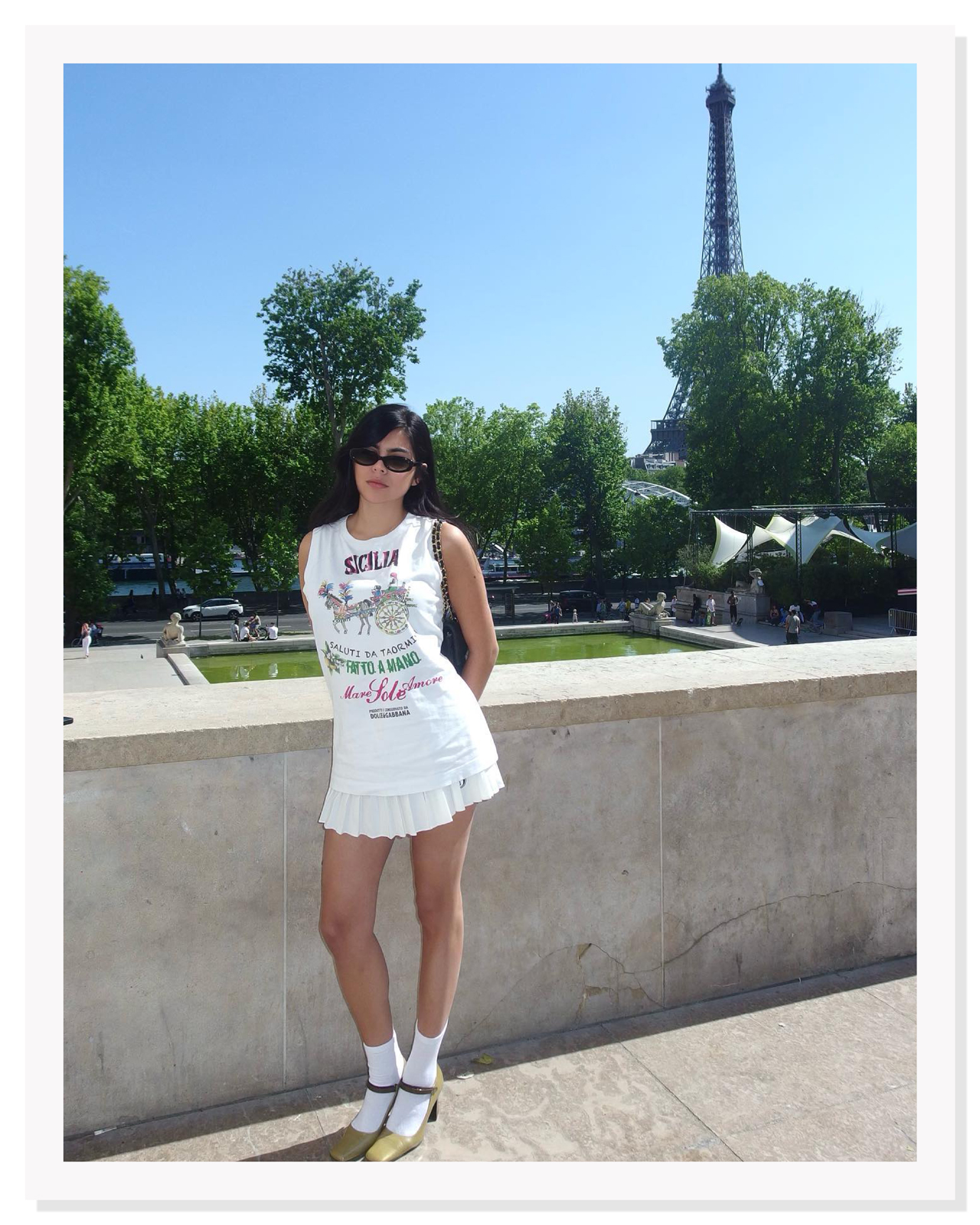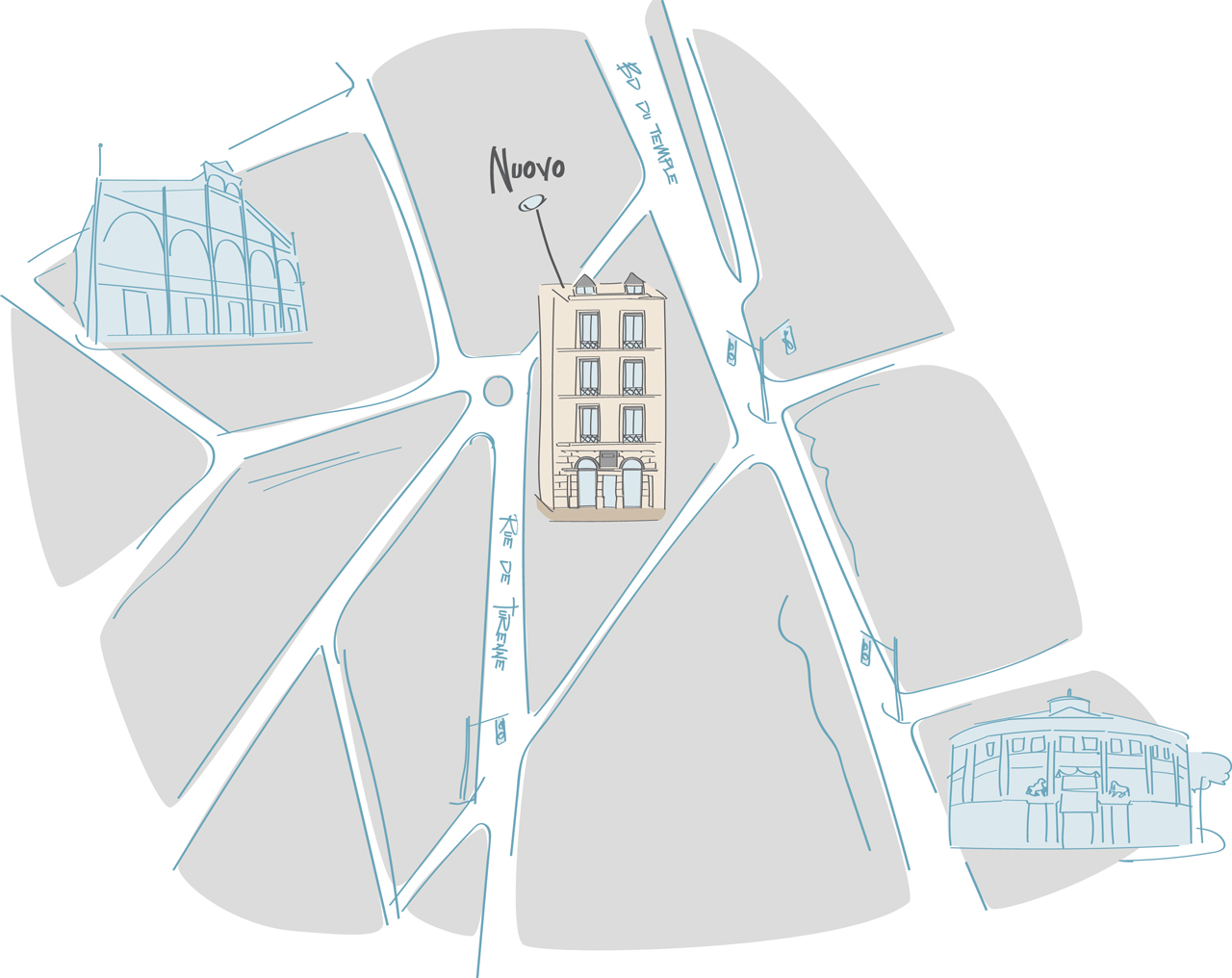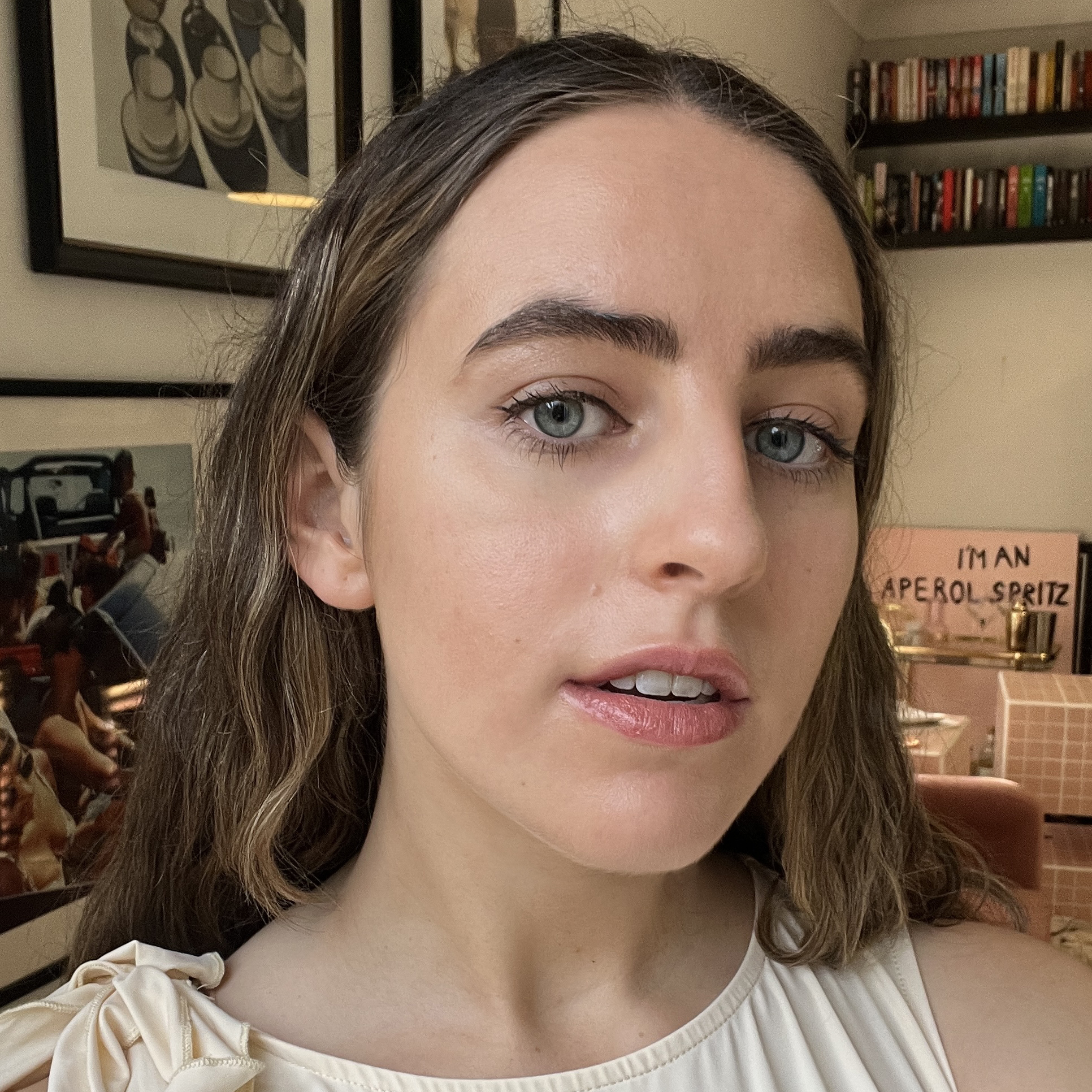News feed

We’ll Always Have Paris: A tale of two cities, both alike in dignity. The Paris of yore, an epicentre of creativity and home to Hemingway and Picasso, paved the way for a new vanguard to emerge. One that challenges ideals and eschews values set by bohemians and the café society. But how does this collective respond to the juxtaposing worlds in which they are operating? Musicians, writers, collectors and restaurateurs reflect the rapidly evolving backdrop of the city – an anthropological snapshot of Parisian life in its element.
When standing in Montmartre at the cusp of dusk – a fleeting moment made precious by Paris basking in an amber glow – the city is transcended in time. Its gilded Beaux Arts skyline and grey Haussmann footings are a canvas for you to splatter your boundless ambition onto and revel in its enduring source of inspiration. In these moments, it’s akin to a glass of champagne; sparkling with whimsical effervescences, and one you can’t help but drown yourself in until the arrondissements dissolve deep into your pores and consume every fibre of your being.
Then, just as the sun dips over the horizon, the wash of gold is quelled by fluorescent lights that draw you into the sleaze-dripped underground nightclubs, vivacious roistering and a cacophony of sirens. Paris peels back the layers of artificial splendour and reveals its inner beast. One that prowls around and challenges anyone who dares face it. An antidote to Paris syndrome, if you will. The city possesses a duplicitous façade – one that’s idealised as the origin of the dernier cri, but fails to recognise the friction underpinning its denizens. Indeed, a tale of two cities.
Nestled in the comfort of the Place VendÔme are the cocktail bars in which Ernest Hemingway and F. Scott Fitzgerald wrote their respective magnum opuses during the Jazz Age. Across town, the proverbial ghost of Édith Piaf haunts the stage at the 19th century concert hall L’Olympia. Perhaps even a faint red stain of tomato remains in the foundations from when Marie Antoinette made her final pilgrimage from Versailles to Tuileries Palace. Paris is the place of poets and dreamers, but beneath this grandiose metropolis seeped in culture, a sense of ongoing metamorphosis is threaded into the tapestry of the city. It’s multi-faceted and in perpetual evolution.
Parisians themselves, whether self-appointed, or by birth, are the first to boast of their dedication to change. They’re a people who shape the city to their whim through riots and protests. Systems of government bend and break at the will of the collective. An epicentre of action in all forms. Unrest is by no means a stranger to those who live here, but a neighbour that comes knocking every few months. In turn, creating a scorched earth that allows the city to start anew. Though you can always find the Paris of yore behind counters at cave à mangers, or in the corners of the Latin Quarter; a new breed rising from the remnants of its predecessor ready to chew you up and spit you back out – as the best kind of city slickers do.
This emerging Paris is unified in a shared resilience, one that reconciles the two versions of the city heralded as the mecca of artistry. Eschewing notions of bohemians and café society, this vanguard of creatives is evolving alongside their city. Ahead, everyday Parisians share their quotidian experiences with us, providing a collection of diary entries and an anthropological snapshot of Parisian life in its element.
Lisa Lingenti
In the Marais, French-Italian Lisa Lingenti has curated a vintage fashion boutique ripe for sartorialist collectors and ’90s and 2000s collectors alike. In Lingenti’s trove, Nuovo, Tom Ford’s Gucci mingles with John Galliano’s Dior, resulting in a curated universe inspired by Carrie Bradshaw’s wardrobe. Her style isn’t berets or Birkins, but the zenith of a French fashion redux.

I was coming to Paris for the weekend and grabbed a drink at Hotel Amour. Looking around, I thought out loud, “Oh, I would love to live and work in Paris.” A random guy looked at me and said: “I know the owner, come on, I’ll introduce you.” I was shocked, like, “Oh my God, so that’s how it works here… that’s Paris.”
When I met the Marais ‘kid’, I was shocked by their freedom of being and how cool and edgy they were. They were the Parisian new generation, more open to change and discussion, and they were also a cliché of what I thought Paris was. But at the same time, when I was interning for fashion brands or PR agencies, everything was so cliché… very much like The Devil Wears Prada.
I was living in a small apartment in the 5th, so I was happy every day crossing the bridge from the right bank to the left bank to hang out in the Marais. The scenery was contrary; I found myself either feeling I was stuck in the 18th century, and imagining the king and queen hanging out, or that I was a part of the new Parisian generation smoking cigarettes at cafés!
THIS FEATURE IS PUBLISHED IN THE 15TH EDITION OF GRAZIA INTERNATIONAL. ORDER YOUR COPY HERE.










